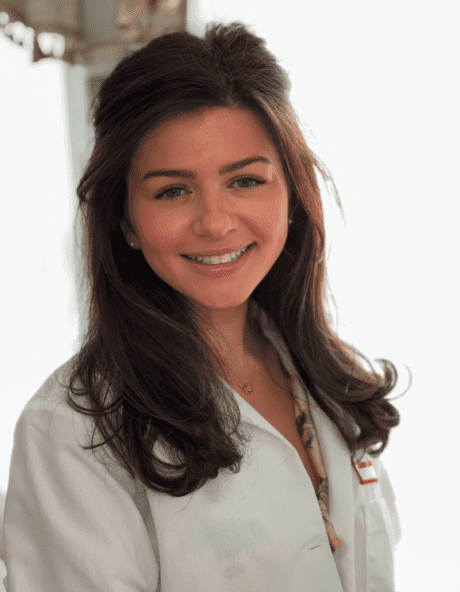Sebaceous hyperplasia
Sebaceous hyperplasia is characterized by small, shiny, flesh colored or yellowish bumps usually seen on the cheeks, forehead or other regions of the head and neck. These small bumps are relatively common in fair-skinned adults over the age of 40 although they can be seen in younger age groups as well. Sebaceous hyperplasias are benign (harmless) and usually require no medical treatment. However, many patients find them unsightly and opt to have them removed for cosmetic reasons.
Frequently Asked Questions
Sebaceous hyperplasia is the growth of the sebaceous (oil) glands, which are found attached to hair follicles. These glands release a greasy substance called sebum under the surface of the skin. Sebaceous hyperplasia occurs when the glands become enlarged and the sebum is trapped under the skin. Because sebaceous glands are found all over the body, sebaceous hyperplasia can occur anywhere on the skin.
Sebaceous hyperplasia can occur in everyone, but it is more common in fair-skinned, middle-aged or older adults. Sun damaged skin is more prone to developing sebaceous hyperplasia. It may be inherited (run in families). In rare cases, it is associated with a rare genetic condition known as Muir-Torre syndrome.
Sebaceous hyperplasia may look like other benign growths, including milia, syringomas, xanthoma, lichen planus, flat warts, or acne. It may also be confused with a malignant tumor known as basal cell carcinoma. For this reason, it is important to have sebaceous hyperplasia medically evaluated.
While most cases of sebaceous hyperplasia are harmless, individuals may find the lesions unsightly and opt to have them removed.
The gold standard treatment for the removal of sebaceous hyperplasia is laser surgery utilizing highly effective CO2 laser technology. The CO2 lasers have been in medical use for decades and have a long standing track record. Other treatments include electrocautery, curettage, and topical creams but these methods are not nearly as effective and have a higher chance of recurrence.
A numbing cream will be applied to minimize discomfort during the procedure.
The treatment areas will take a few days to completely heal following laser removal. It is critical that the treatment area does not receive sun exposure for the next several days following laser treatment. Patients are also advised to refrain from exercising at this time. Healing time varies according to the depth of the lesions and an individual’s skin type.
he CO2 laser is highly effective, but in rare cases the bumps may return. However, in these rare cases, the lesions may be easily retreated.
Our Providers
Dedicated Team
Skin & Laser Dermatology Center treats patients for all skin care concerns, including skin cancer surgery, cosmetic dermatology, sclerotherapy, laser peels, laser hair removal, hyperhidrosis, rosacea, and acne treatments.







